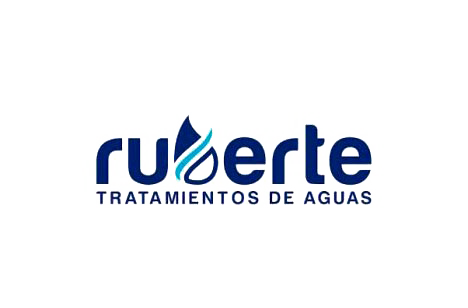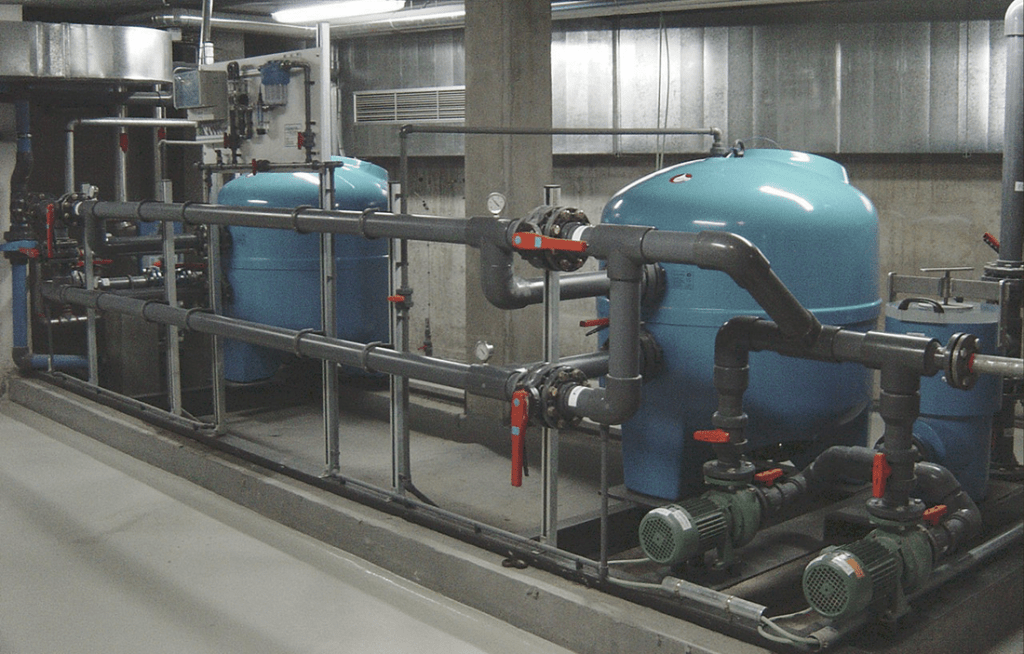How reverse osmosis works
The reverser osmosis is a process in which the water is forced to go through a semipermeable membrane, from a more concentrated solution to a lesser one, using pressure.
It’s a natural diffusion phenomenon that occurs when two solutions have different concentration.
The membrane retains the mineral substances that are dissolved in the water, as well as the bacteria or chemicals and organochlorine compounds.






